10 Key Tools Every Stamp Collector Needs
If you’re serious about stamp collecting, having the right tools is essential for preserving and valuing your collection. From handling stamps with care to ensuring their longevity, the right equipment can make all the difference in maintaining your collection’s quality. Whether you’re a beginner or an experienced collector, having the right tools helps you keep your stamps in perfect condition and ensures accurate identification.
This post may contain affiliate links, which helps keep this content free. Please read our disclosure for more info.
Stamp Tweezers
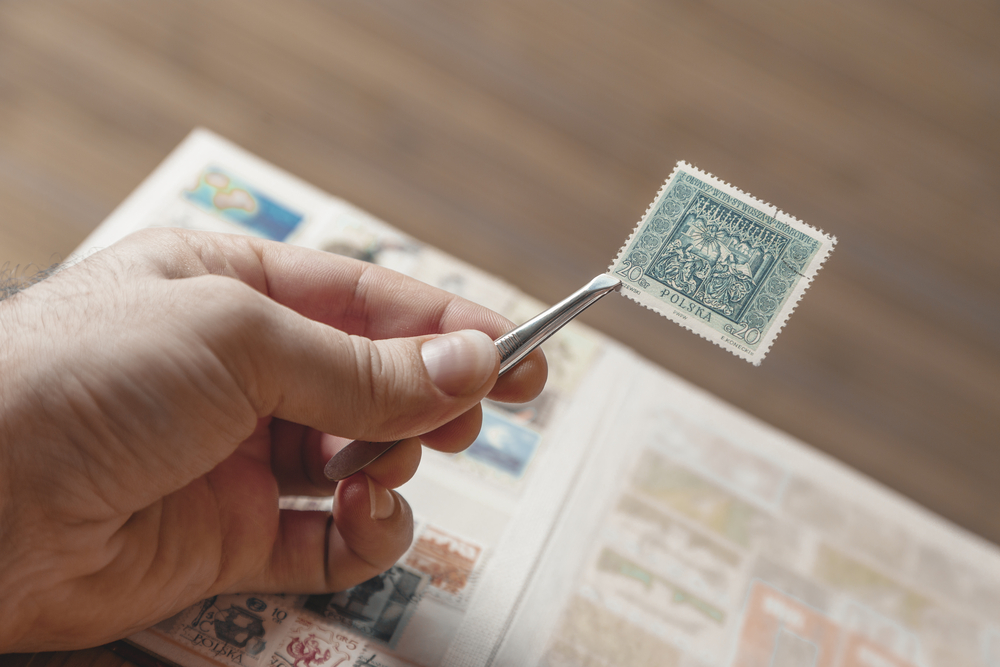
Stamp tweezers are a must-have for any collector because they help handle stamps safely without causing damage. These tweezers are designed to grip stamps by their edges, reducing the risk of transferring oils or dirt from your fingers onto the delicate paper. For rare or valuable stamps, precision is key, and a fine-tipped pair ensures you can handle the stamps gently and with control. Stainless steel tweezers are a common choice due to their durability and resistance to rust, making them ideal for long-term use. Always use tweezers to avoid the risk of bending or creasing your stamps, ensuring their preservation in pristine condition.
Stamp tweezers are also helpful when placing stamps into an album or arranging them for display. With their precision, you can avoid touching the front of the stamp, keeping it free from smudges or blemishes. Over time, using quality tweezers becomes second nature, as you’ll develop a smooth routine for managing your collection. Whether you are working with rare stamps or everyday pieces, using tweezers is an essential habit for maintaining your collection’s integrity.
Stamp Hinges
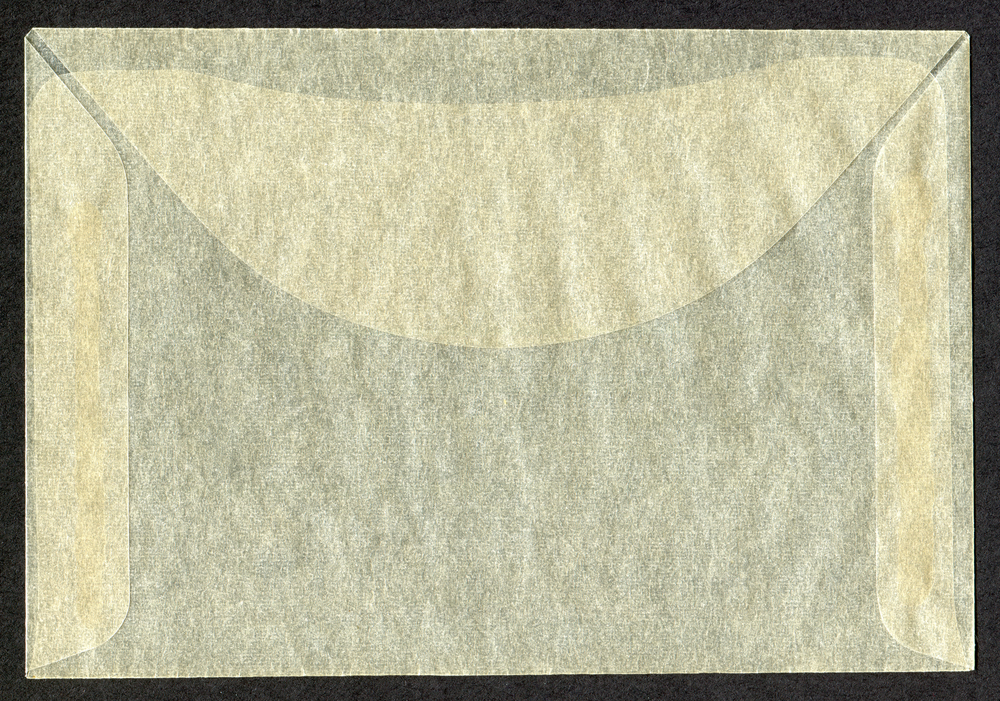
Stamp hinges are small, transparent pieces of paper used to attach stamps to album pages. They are easy to apply and remove, making them a go-to tool for collectors looking to mount stamps without causing permanent damage. When applied correctly, stamp hinges ensure that the stamps stay secure within your album, reducing the chance of them slipping out and becoming lost. The adhesive used on these hinges is typically designed to be mild enough not to harm the stamp, and it can be easily peeled away when necessary.
However, collectors should be cautious when using stamp hinges, as they can potentially cause damage if applied incorrectly. Acid-free hinges are highly recommended to prevent any long-term damage to the stamps, such as discoloration or degradation of the paper. When you need to remove a stamp, gently lift the hinge without tearing the paper, and it can be reattached elsewhere if needed. Stamp hinges are an efficient and affordable way to preserve your collection without making permanent alterations to the stamps themselves.
Magnifying Glass
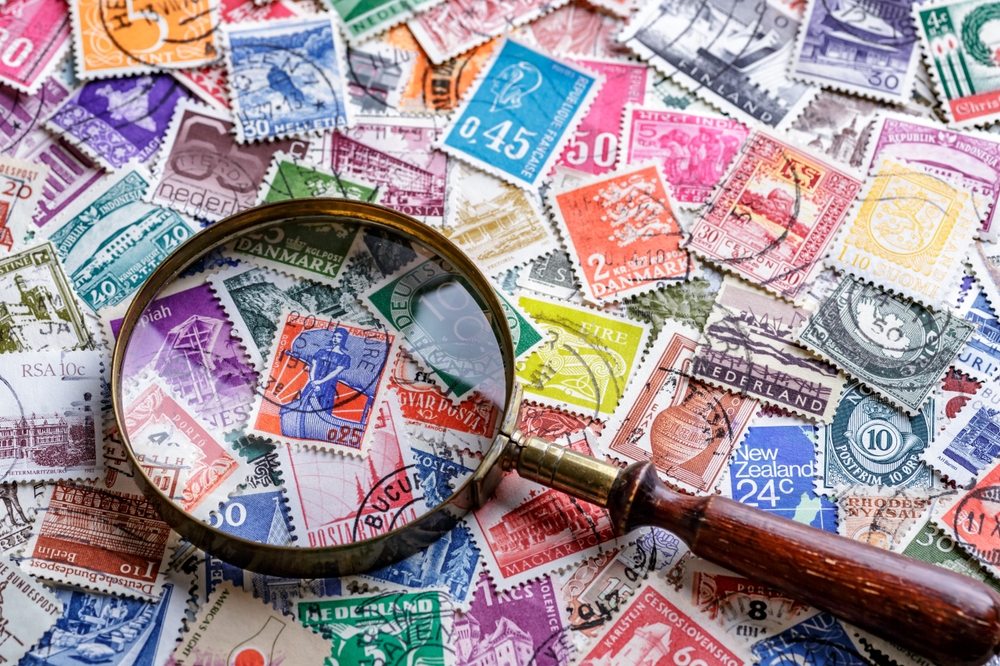
A magnifying glass is essential for any stamp collector who wants to explore the fine details of their collection. Whether it’s identifying minute printing errors, checking for watermarks, or examining perforations, a magnifier allows you to see what’s hidden to the naked eye. Most magnifying glasses come with 10x magnification, but some collectors prefer a stronger lens for more in-depth inspection. This tool helps you spot valuable misprints, rare features, and condition details that can significantly affect a stamp’s market value.
Additionally, using a magnifying glass allows you to accurately assess the condition of a stamp, checking for wear, creases, or fading that might not be visible at first glance. In the world of stamp collecting, small imperfections can greatly impact value, so having a magnifier is key to identifying both imperfections and unique attributes. With the ability to see small print or hidden marks, collectors can make better-informed decisions about their collections and be more confident when trading or selling stamps.
Stamp Album
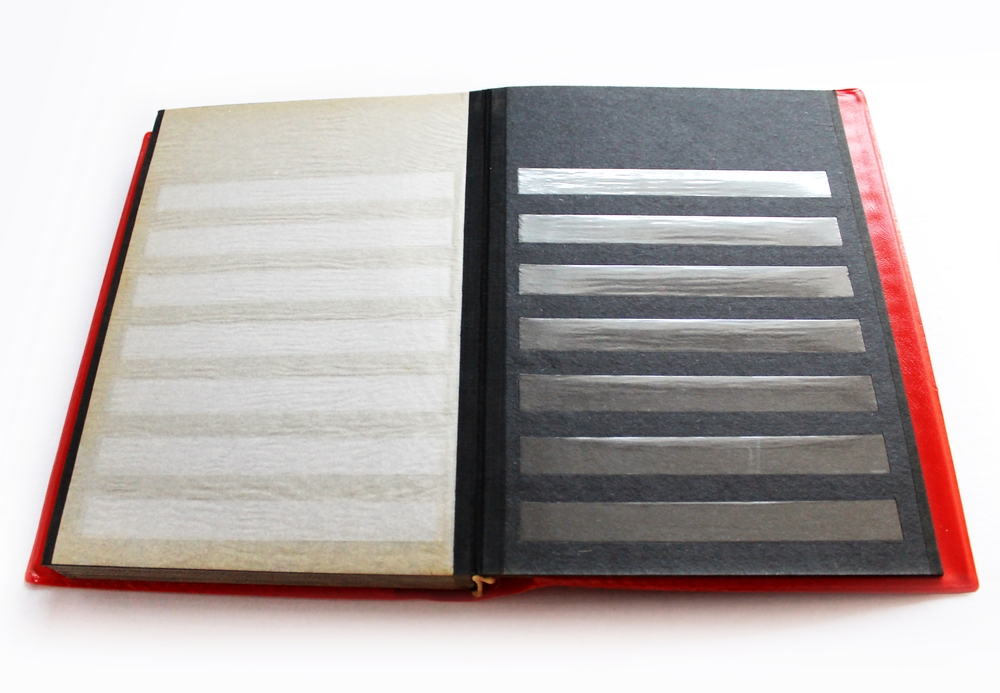
A stamp album is an essential tool for organizing and displaying a collection. It provides a safe and structured space to store stamps, making them easy to access, view, and protect from damage. Stamp albums come in a variety of designs, from basic, budget-friendly options to premium albums made with archival-quality materials to preserve your collection. These albums typically feature pages that are either pre-printed with spaces for specific stamps or blank pages that allow for flexible organization.
Choosing the right album is important for maintaining your stamps’ condition. Albums with acid-free pages are ideal because they prevent the deterioration of the stamps over time. Additionally, albums with plastic sleeves or mounts keep stamps securely in place, protecting them from bending or exposure to harmful elements like dust and moisture. Whether you’re organizing by country, theme, or date, a good album will help you categorize your stamps and keep them in excellent condition for years to come.
Perforation Gauge
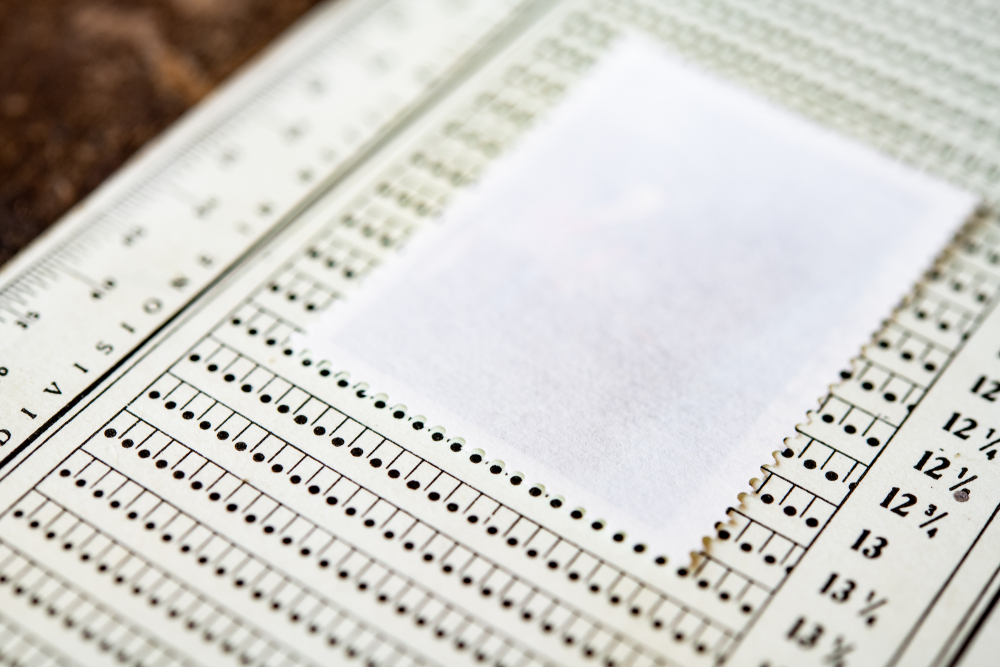
A perforation gauge is a specialized tool used to measure the perforation on a stamp. Perforations are the tiny holes along the edges of stamps that make them easier to separate from one another. A perforation gauge helps collectors determine the perforation measurement, which can be a key factor in identifying a stamp’s authenticity and rarity. Stamps with unusual or irregular perforations may be more valuable, making this tool invaluable for collectors who want to accurately assess their collection.
This tool is simple to use and helps you compare the perforations of different stamps. By aligning the stamp with the gauge, you can determine the number of perforations per centimeter, which is crucial for stamp identification. Without a perforation gauge, it can be difficult to distinguish between stamps with similar designs but different perforation types. A gauge ensures that you have the correct information when appraising or cataloging your collection.
Stamp Catalog
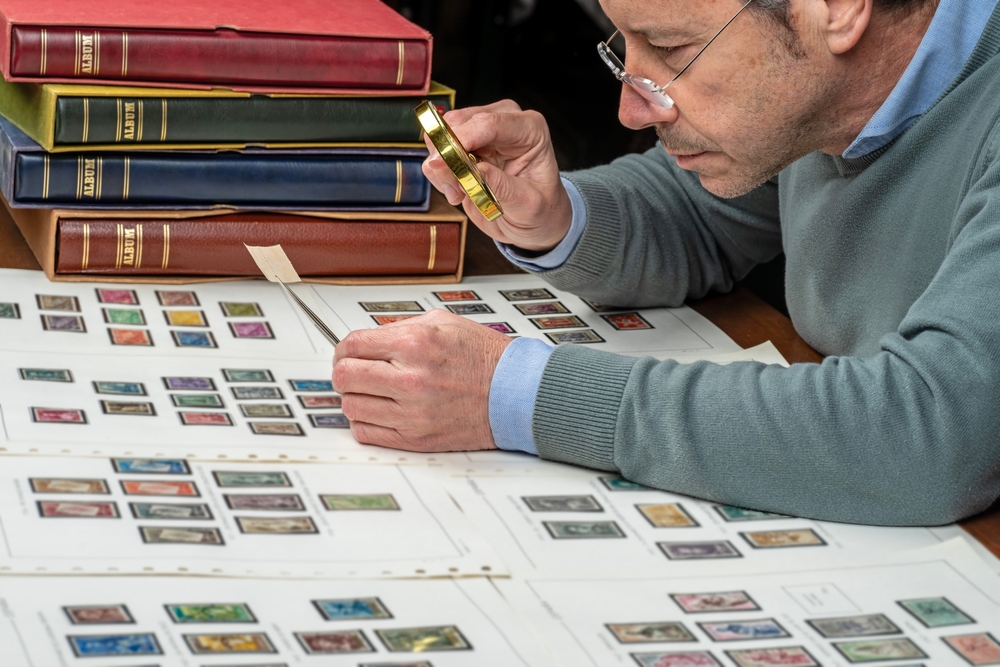
A stamp catalog is an indispensable reference for any stamp collector. These catalogs provide comprehensive listings of stamps from all over the world, including detailed descriptions, images, and valuations. Having a catalog allows you to properly identify your stamps and determine their current market value based on rarity, condition, and demand. Catalogs often break down stamps by country, issue date, and even printing errors, making it easier for collectors to organize their stamps and research specific items.
Collectors often rely on catalogs to help with trading and selling stamps, as they offer reliable information for pricing and valuing stamps. New editions of stamp catalogs are released regularly, so it is essential to keep your catalog up to date to stay informed on market trends. Whether you are a beginner or an advanced collector, a catalog is an invaluable resource that provides essential data for maintaining and growing your collection.
Stamp Mounts
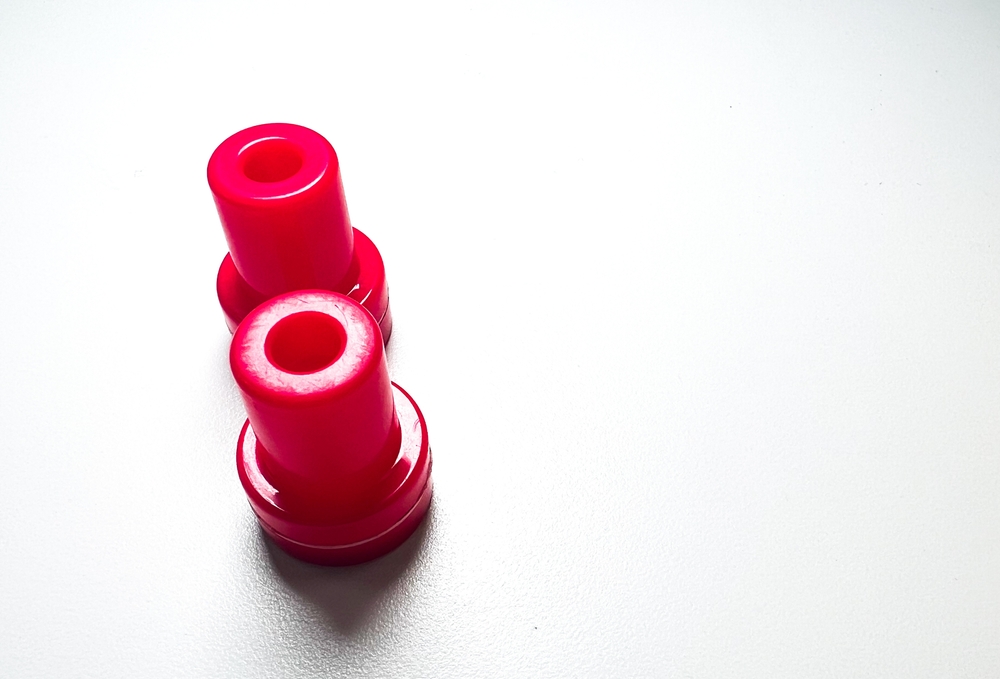
Stamp mounts are used for storing and displaying stamps in a way that protects them from damage while keeping them visible. Unlike hinges, which adhere directly to the stamp, stamp mounts are clear plastic sleeves that allow stamps to be placed inside without any adhesive touching the stamp itself. This makes them ideal for preserving valuable or delicate stamps, as they provide a physical barrier between the stamp and the environment. Mounts are available in various sizes to fit different stamp dimensions and can be attached to album pages.
Stamp mounts are a better alternative than hinges when it comes to protecting your collection for the long term. They prevent stamps from coming into contact with acidic materials, dust, or moisture, keeping them in top condition. For collectors with high-value stamps or rare specimens, stamp mounts offer the best way to ensure their preservation without the risk of damage from adhesives or handling.
Soft Cloth or Gloves

Handling stamps can sometimes result in damage from oils and dirt transferred from your hands, even when using tweezers. To minimize this, many collectors choose to wear soft cotton gloves or use a soft cloth when handling their stamps. These items act as a barrier between your skin and the stamp, preventing smudges, scratches, or other marks that could degrade the stamp’s quality. Gloves are especially useful for handling valuable or fragile stamps, ensuring you avoid leaving fingerprints or causing any unintended wear.
For those who prefer not to wear gloves, using a soft cloth to hold and handle stamps is a good alternative. The cloth provides a gentle touch that reduces the risk of physical damage. Whether using gloves or a cloth, these simple tools are important for keeping your collection in excellent condition and preventing any unnecessary deterioration.
Stamp Storage Box
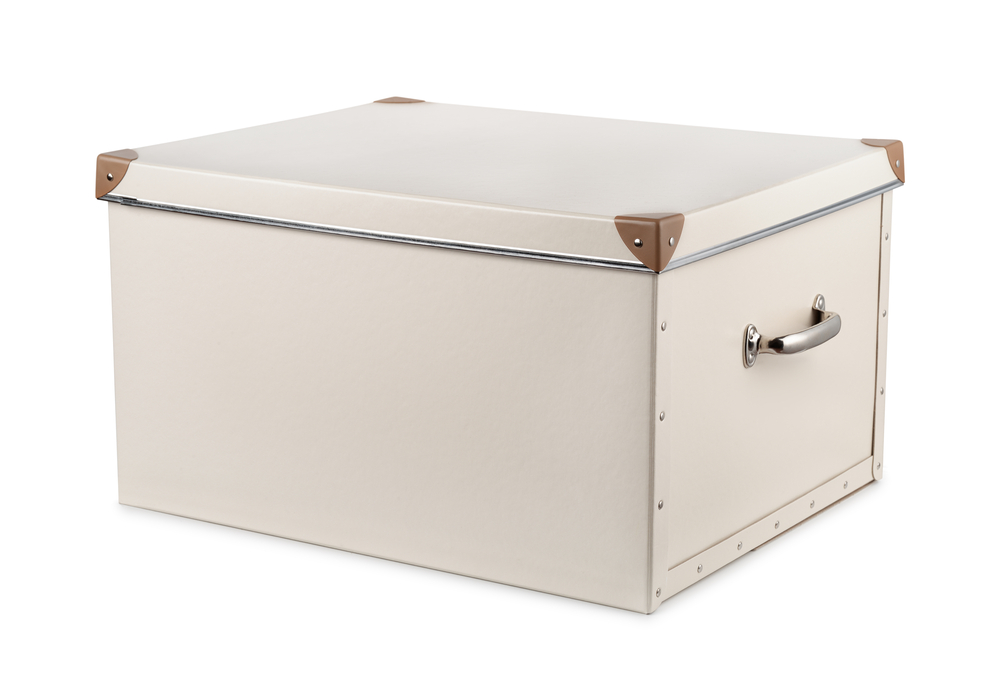
For collectors who have amassed a large number of stamps, a storage box is essential for keeping them organized and safe. A stamp storage box provides a way to keep stamps in individual compartments or packets, preventing them from becoming jumbled or damaged. These boxes are often made of acid-free materials to protect stamps from deterioration. They come in various sizes, with some designed to hold entire stamp albums, while others are for storing individual envelopes or packets of loose stamps.
Storage boxes are a great solution for organizing stamps by country, theme, or condition. They are portable, allowing collectors to easily take their stamps with them if needed. For those who want an extra layer of protection, some boxes come with adjustable dividers or foam inserts to cushion and protect stamps from damage during storage.
Ruler or Measuring Tool
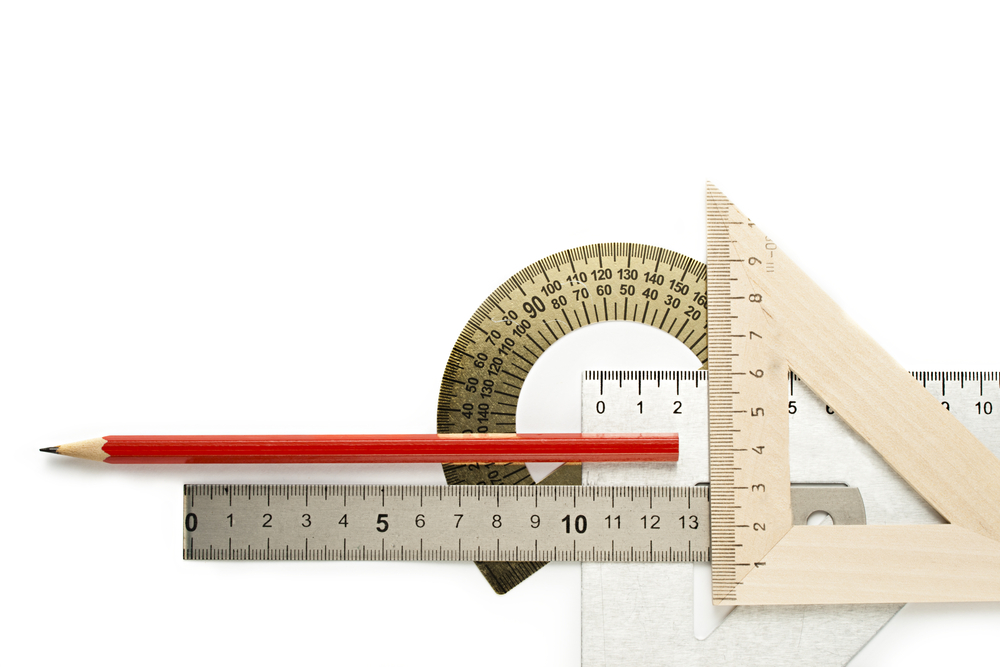
A ruler or measuring tool is essential for collectors who need to accurately measure the dimensions of stamps. Knowing the size of a stamp is important for proper identification and for comparing it with similar stamps in a catalog. A ruler ensures you get the correct measurements to avoid confusion with other stamps. Collectors can use the measurements to assess the stamp’s rarity or specific catalog number, making it a critical tool for detailed cataloging.
Some stamps may have irregular or non-standard sizes, and a ruler is essential for confirming their measurements. This tool can also be helpful when checking the alignment of perforations, which may vary between stamps from different print runs. A simple, clear ruler with both metric and imperial measurements works best for accurate assessments.
This article originally appeared on Avocadu.
